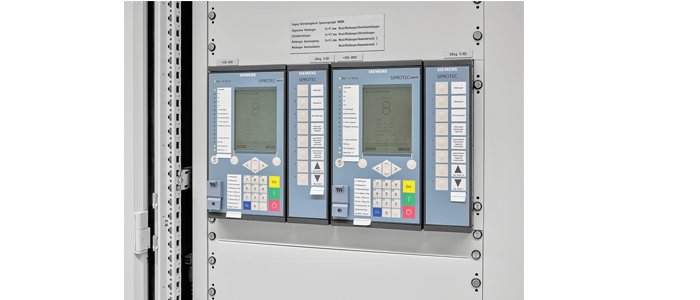- +61 7 3374 2877
- Email Us
The term ‘digitalisation’ in the energy sector often elicits varied interpretations. To some, it brings to mind the Internet of Things (IoT) or cloud-centric infrastructure. In contrast, for others, it evokes a vision of expansive communications enhancing network visibility from control hubs.
Yet, for another group, the emphasis might be on utilising big data and AI-driven analytics. For digital substations, digitalisation encapsulates all these aspects. However, its main focus is introducing intelligent electronic devices in the field and the digital transmission of process data, such as current and voltage waveforms, to protection and control apparatus. As a result, much of the analogue cabling in the substation becomes redundant.
A Progressive Journey
The evolution of the digital substation has been a progressive journey. It initiated with the emergence of numerical protection relays during the 1970s and 80s and advanced with the incorporation of standardised communication protocols via Ethernet technology. It reached its pinnacle with the unveiling of several pivotal IEC standards. Although numerous utilities have adopted Ethernet-based communications for consistent and reliable connections with their Intelligent Electronic Devices (IEDs), merely using this approach doesn’t define a Digital Substation.

For an installation to earn the distinction of a genuine digital substation, digitalisation must reach through to the primary equipment. The linchpin here is the IEC61850 process bus technology, defined in IEC61850-9-2. This standard addresses converting analogue measurements into Ethernet-based traffic through merging units. Even though this conversion was theoretically feasible in the standard’s first edition, practicality was a constraint. The subsequent IEC61850 Edition 2.1 and the IEC61869 series of standards offered a realistic, vendor-agile solution. This solution ensures not merely communication compatibility but also functional interoperability. It is paramount for utilities to verify that all devices within a digital substation undergo independent testing for adherence to Edition 2.1 of IEC61850, exemplified by products like Siemens SIPROTEC 5 protection IEDs. Such diligence assures the protection system’s flawless function and smooth integration of multi-vendor solutions.
One of the standout advantages of digital substations is the substantial reduction of copper cabling, sometimes spanning kilometres, connecting the primary equipment and the relay room. In their place, a combination of DC supply and fibre optic cables span the entire substation. The consequent savings in civil works, electrical labour, and commissioning duration are notable and overshadow any incremental equipment expenses. Additional savings are found in the relay room, where reduced site cabling considerably curtails the room’s magnitude and related expenditures.
Moreover, this technology is exceptionally suited for modular construction strategies. The relay room can be built and pre-commissioned in a controlled offsite setting. Upon onsite establishment of the structure, connections like the AC supply, outgoing DC supplies, and fibre optics can be arranged. Only the bay-level marshalling panels necessitate site-based commissioning. This approach translates to appreciable project cost reductions, especially in far-flung locales like mineral and renewable projects, while mitigating project risks.